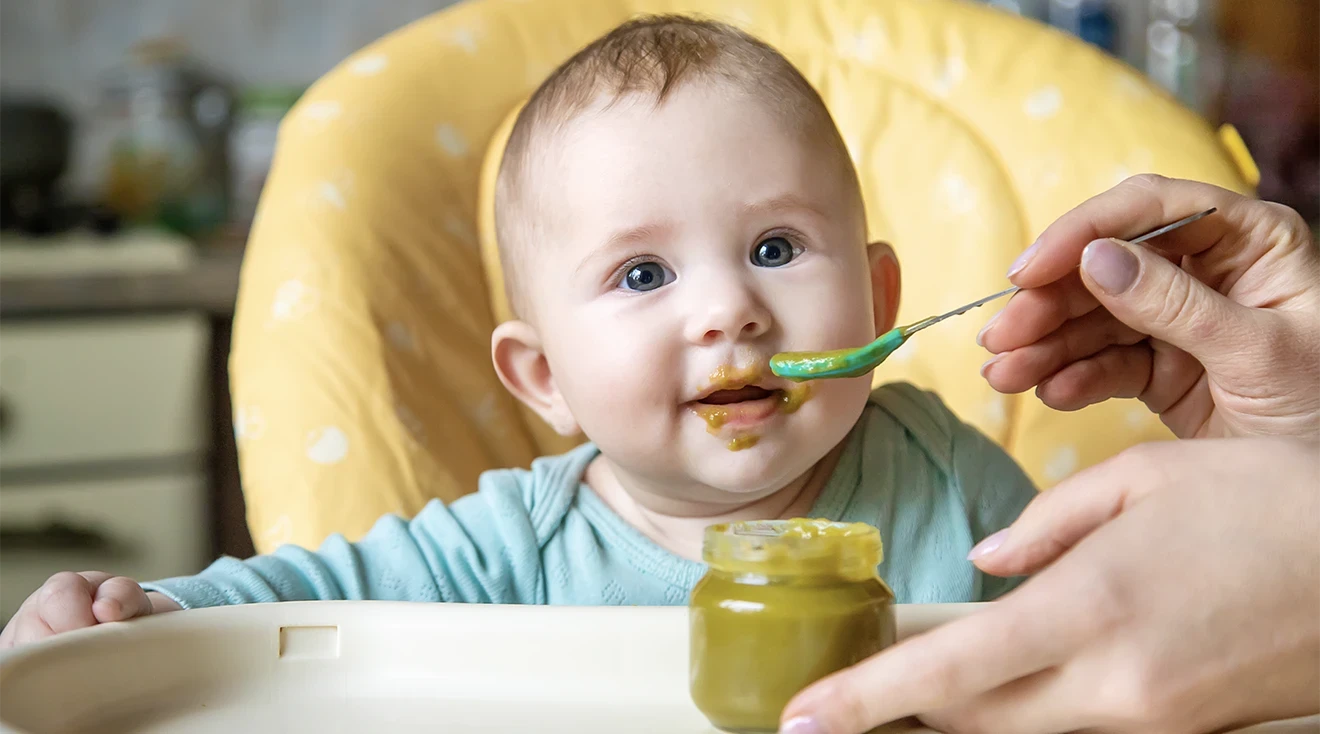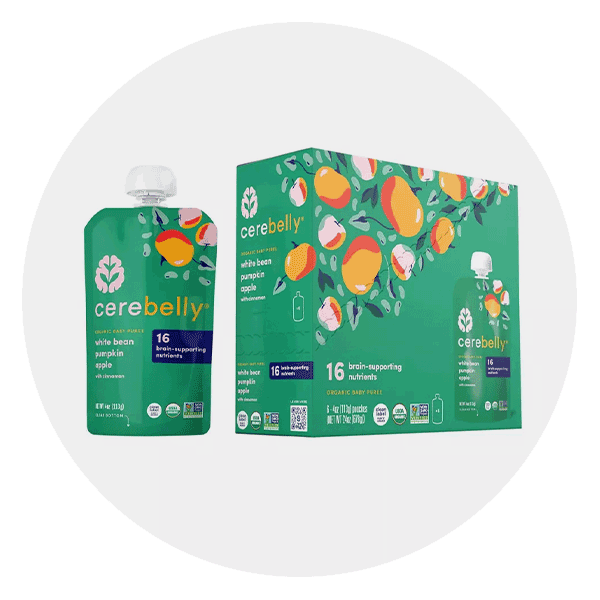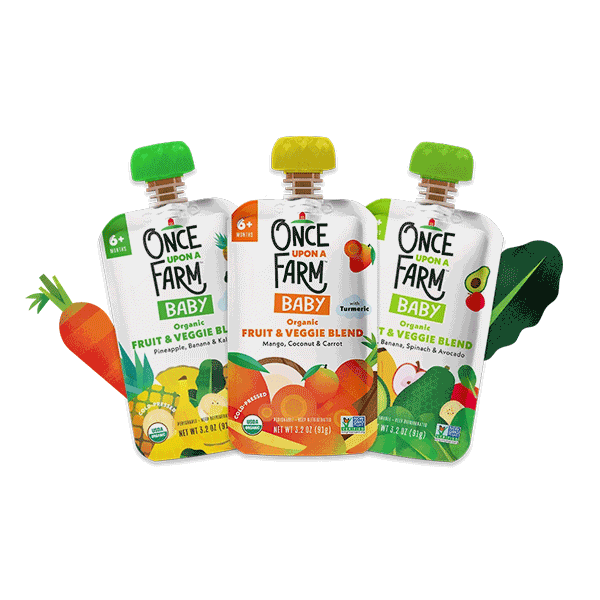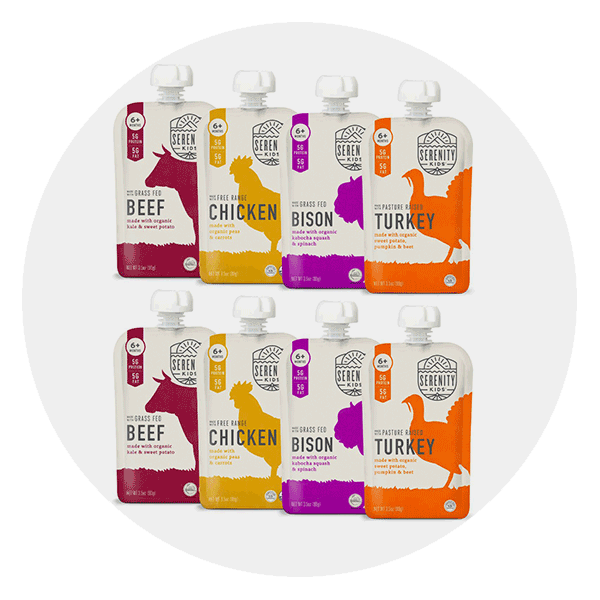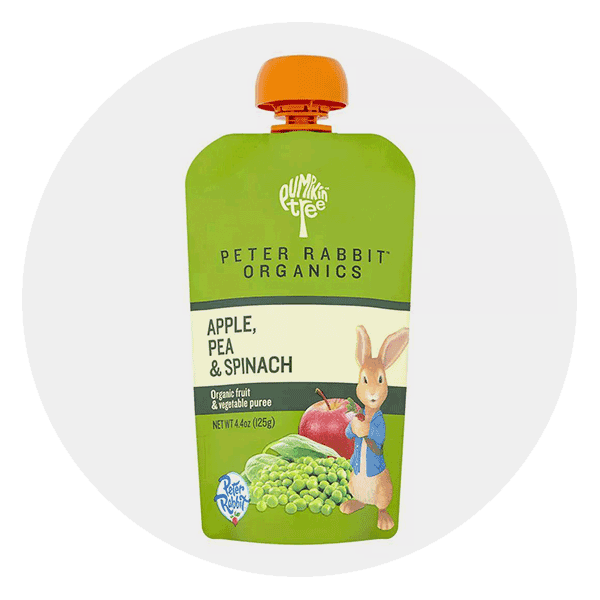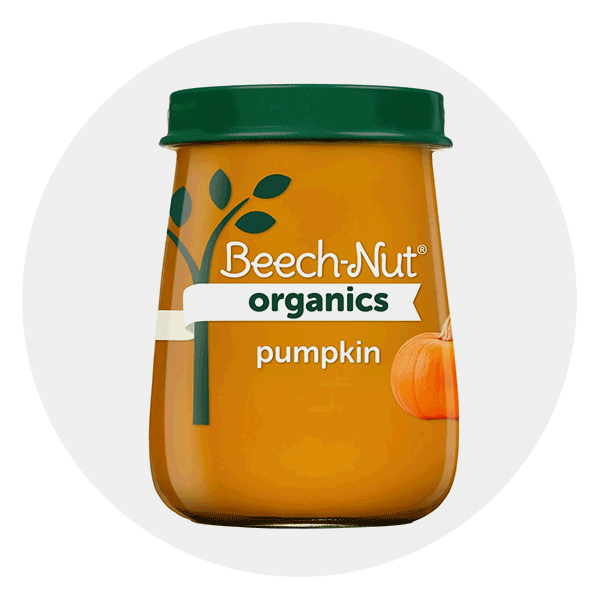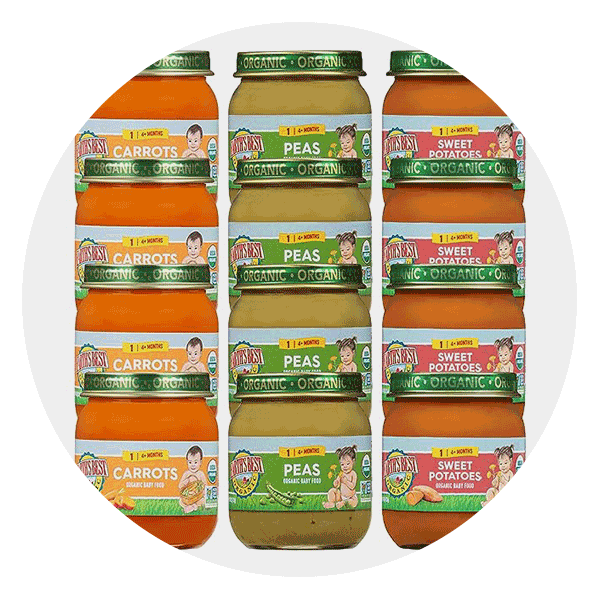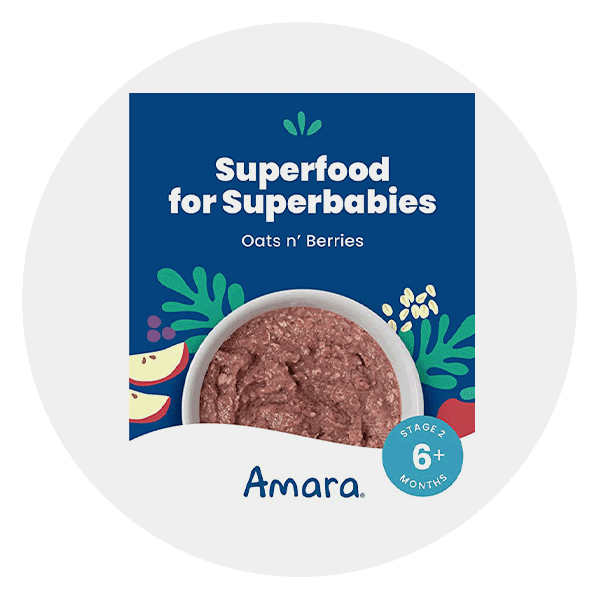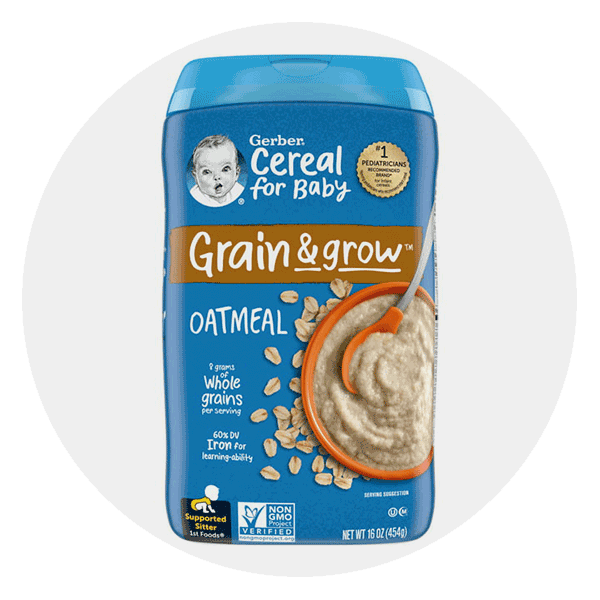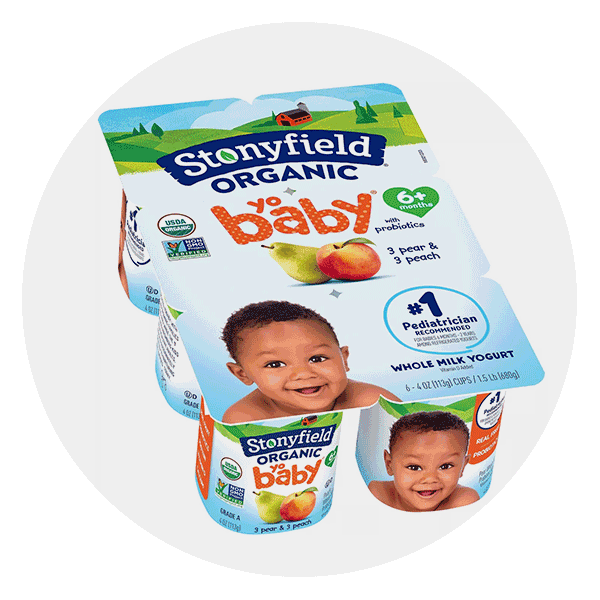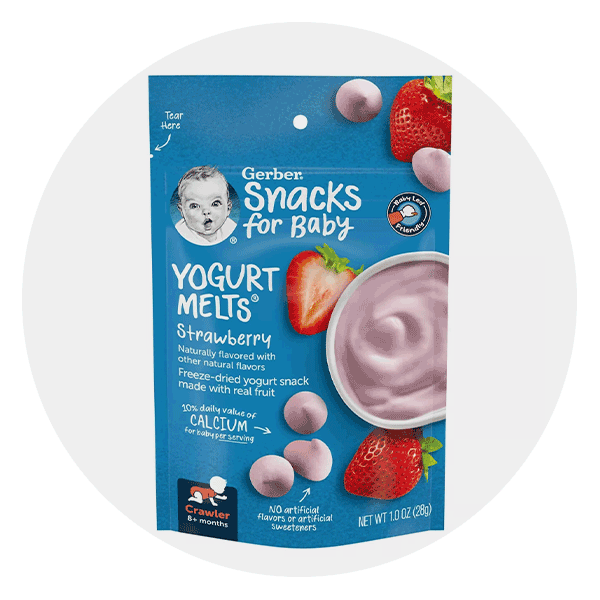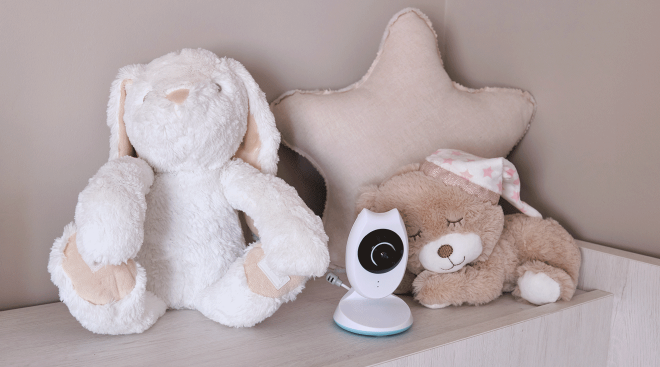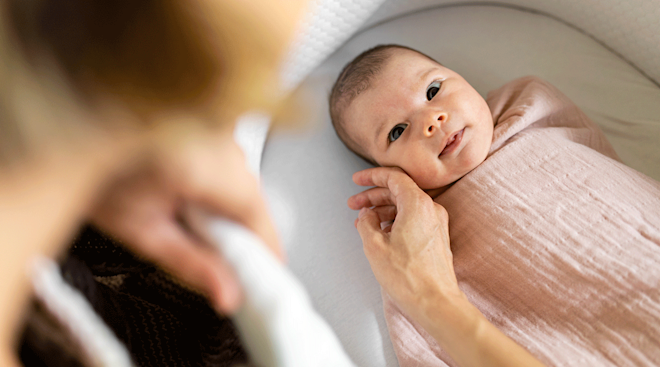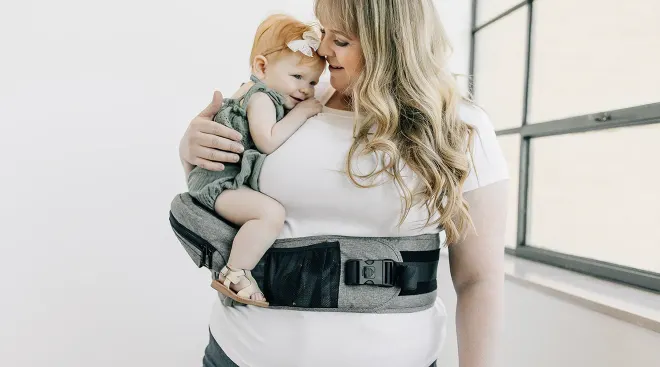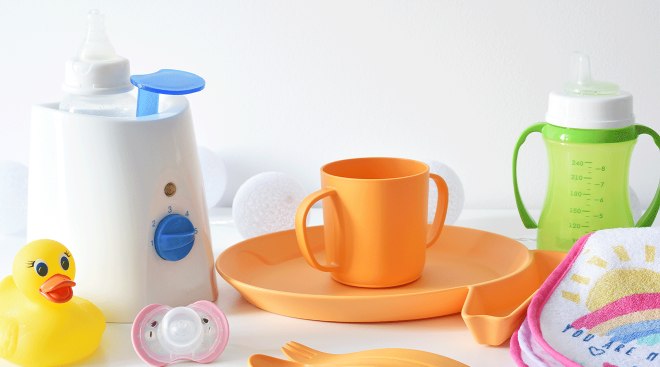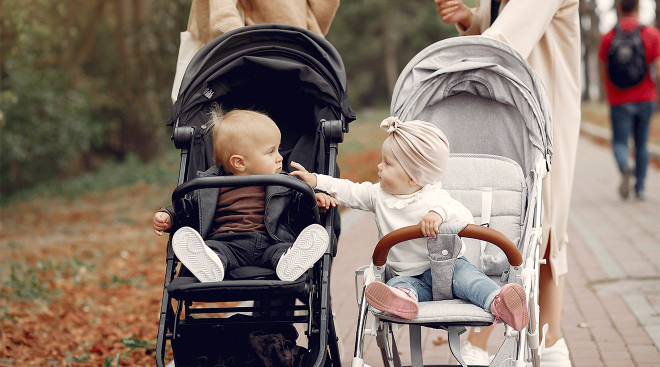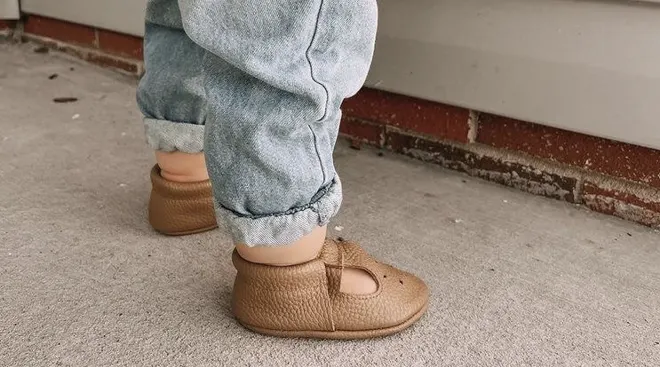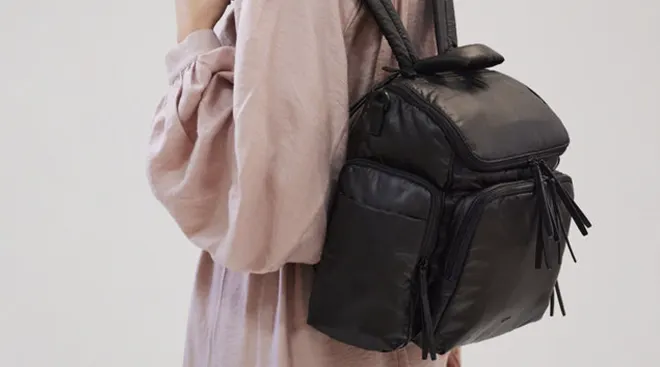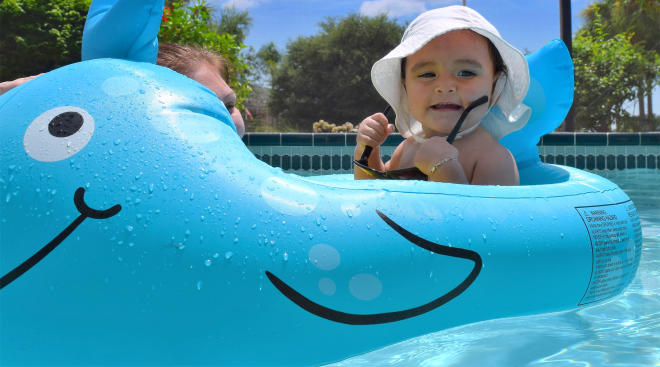Best Baby Food: Jars, Pouches, Cereals and Snacks
It’s pretty nutty that just a minute ago you and baby were all about around-the-clock nursing and bottle feedings. Now? You’re in full-on solids-mode, searching for the best baby food to feed your little one.
The good news is that there are tons of options available online and at your local grocery store—from organic blends and fortified cereals to baby food subscription services. Baffled by all that choice? Don’t sweat it! We’ve done the research and cooked up a list of the best baby food brands on offer. Keep reading to discover everything you need to know about introducing solids to baby’s diet—plus, expert tips on how to determine which options are best for your family.
The American Academy of Pediatrics (AAP) recommends exclusive breastfeeding for the first six months of baby’s life. However, once baby has doubled their birth weight (at around 4 months old) they may be ready to try solid foods. “Starting solids by six months is important to ensure your infant’s oral-motor development,” says Dina DiMaggio, MD, and Anthony F. Porto, MD, official spokespeople for the AAP and the co-authors of The Pediatrician’s Guide to Feeding Babies and Toddlers. “It’s also important to start solids at this time as it will provide your child with specific nutrients needed for growth and development, including iron and zinc, especially if your child is exclusively breastfed,” continue DiMaggio and Porto. Every child is different so look for developmental cues—like reaching for food and sitting up unassisted—that signal baby is ready to expand their food horizons.
Introducing solids to baby’s diet can be a confusing (and messy!) process. Here are some general tips and tricks that’ll help you get started:
- Start slowly. Start baby with a half spoonful of solid food to help them get used to the new flavor and texture. Increase the amount of food gradually, (a teaspoonful or two) as they get the hang of it. This gives infants time to learn how to swallow solids.
- Begin with food that has a lower allergy risk. Introduce pureed fruits, vegetables and infant cereal to baby’s diet first, as these items tend to have a lower allergy risk. For babies that have been exclusively breastfed, DiMaggio and Porto recommend introducing infant cereal or other iron- and zinc-fortified foods early on in the process.
- Introduce one thing at a time. Feed baby one new single-ingredient food at a time, and wait three to five days before introducing something new. This gives you time to monitor your child for any potential allergic reactions.
- Choose a mealtime and stick to it. Starting out once a day, choose a mealtime that’s convenient for you and is consistent for your child. Breakfast is a good place to start, since baby is often hungriest in the morning. Once baby is comfortable with one meal, you can advance to two and then three meals per day.
Whether you’re whipping up homemade purees or opt for store-bought jars, there are lots of factors to consider when choosing the best baby food brand for your family. From affordability and age-appropriateness to safety and nutrition, here are a few guidelines to keep top of mind as you browse the grocery store aisles:
- Read product labels. Check the ingredients on food labels so that you can make an informed decision. The best store-bought baby food contains whole ingredients without additives and sweeteners. “If you want to feed your baby kale, then the food should contain mostly kale and not primarily applesauce with a small amount of kale as the last ingredient,” explains DiMaggio and Porto. Babies will learn to like what they’re fed, so if you want them to eat vegetables, look for a store-bought brand that doesn’t mask the flavor with sweeter ingredients.
- Check that all ingredients are safe and age-appropriate. According to the AAP, honey and products that contain honey are not suitable for children under the age of 12 months, due to the risk of infant botulism. DiMaggio and Porto also recommend that parents avoid rice cereal, unpasteurized dairy, undercooked foods (such as meat, fish or eggs) and products that are high in salt and sugar.
- Variety is the spice of life. It’s important for children to eat a wide variety of fruits and vegetables, full-fat dairy products and whole grains. Although some parents like to shop organic, these products can be expensive and there’s no direct evidence that an organic diet leads to improved health or lower risk of disease.
Packaged food is a convenient option for many families. Baby food brands are constantly innovating, which means there are plenty of options on the market from classic jars to travel-friendly pouches and subscription services that deliver fresh meals direct to your door. Whether you’re stocking up your pantry, or just need a quick fix for when your blender is on the fritz, here are three of the best baby food brands.
- Once Upon a Farm is a baby food brand created by celebrity mom Jennifer Garner. The farm-fresh baby food comes in convenient single-serve pouches and there’s finger food options for big kids too. The organic, unsweetened blends are cold-pressed to lock in the nutrients and flavors kids love. Once Upon a Farm is also the recipient of both the Clean Label Project Purity Award and the Clean Label Project Pesticide-Free Certification, meaning the products have been third-party tested for over 400 environmental and industrial toxins, including heavy metals. One thing to note is that this baby food must be stored in the refrigerator.
- Cerebelly is one of the best baby food brands backed by science. Founded by a neurosurgeon and developed by a team of doctors and food experts, each pouch is packed full of 16 brain-supporting nutrients. Cerebelly takes a “veggies first” approach to baby food and only uses non-GMO, certified organic ingredients. Plus, this baby food is free from the eight major allergens and contains no added sugar.
- Amara is a shelf-stable baby food brand offering blends that can be mixed with breast milk, formula or water. Amara uses a patented cold high-pressure processing technique that gently dries fruits, veggies and grains via pressure instead of high heat. This method locks in vitamins and nutrients without additives, preservatives or pesky fillers. (And yes, it’s organic.) As if that wasn’t good enough, the products contain no additives, preservatives, binding agents or added sugars.
Now that we’ve discussed our favorite baby food brands, let’s take a look at the specific products on offer. And first up is baby food pouches. Many parents prefer baby food pouches as they are resealable, convenient and easy to take on the go. Below find a few top-rated baby food pouches parents and kids love.
Best savory baby food pouch
- Vegan blend
- USDA-certified organic ingredients
- Clean Label Project Purity Award
- High price point
Encourage baby to get a taste for savory food with this autumnal blend of white beans, crisp apples and nutrient-dense pumpkin. This recipe is high in selenium, zinc, vitamins E and B12, along with 12 other nutrients that support the development of cognitive skills like emotional expression, memory and language. Talk about brain food!
Age range: 5+ months | Serving size: 3.9 oz.
Best cold-pressed baby food pouch
- Cold-pressed to lock in nutrients and flavors
- Non-GMO Project Verified
- Clean Label Project Purity Award
- High price point
- Pouches must be stored in the refrigerator
Tantalize baby’s taste buds with this farm-fresh baby food bundle. Each blend contains organic fruit and vegetables that are grown and picked fresh from farms, before being cold-pressed to preserve essential nutrients and delicious flavors. This variety pack contains three different flavors your kiddo will love. While this baby food brand is slightly more expensive than others, you can save up to 15 percent per order by signing up to Once Upon a Farm’s subscription service.
Age range: 6+ months | Serving size: 3.2 oz.
Best protein-rich baby food pouch
- No added sugar
- Each pouch contains 5 g protein
- Blends use organic veggies and pasture-raised meat
- Pouches cannot be heated in the microwave
- Not suitable for vegetarians or vegans
On the hunt for meat-based baby food? Serenity Kids is a family-owned business that uses ethically sourced meat and organic vegetables to create protein-rich recipes. To mimic the macronutrients of breast milk, organic avocado oil or olive oil is added to provide essential fatty acids that encourage nutrient absorption and aid in brain development. Plus, the blends are naturally low in sugar. This variety pack includes four different puree flavors: grass-fed beef with organic kale and sweet potatoes; free-range chicken with peas and carrots; pasture-raised turkey with pumpkin and beets; and grass-fed bison with squash and spinach. Delicious and nutritious.
Age range: 6+ months | Serving size: 3.5 oz.
Best baby food pouch for snacking
- USDA-certified organic ingredients
- BPA-free pouch
- No added salt or sugar
- Apple is the primary ingredient
- Each pouch contains 9 g of sugar
Next up is a product pegged as one of the best baby food pouches on Amazon. Made from 100 percent USDA-certified organic ingredients, Peter Rabbit Organics pouches are free from added sugar, salt and flavorings. They’re suitable from 6 months of age and come in squeezable, BPA-free pouches, which make perfect toddler snacks on the go. Available in a range of tasty fruit and vegetable combinations.
Age range: 6+ months | Serving size: 4.4 oz.
Pouches are great but many parents prefer to buy baby food packaged in glass jars. Why? Glass baby food jars are infinitely recyclable making them better for the environment. Plus, glass containers reduce the risk of contaminants leaching into baby’s meal. Below find a few of our favorite jarred baby food.
Best single-ingredient baby food jars
- USDA-certified organic and non-GMO ingredients
- No added sweeteners, flavors, colors or artificial preservatives
- One jar contains 40 percent of baby’s daily potassium allowance
- Glass jars are less portable than pouches
Beech-Nut baby food jars are an excellent way to introduce your little one to solids. Each jar contains a single-ingredient that has been gently cooked for maximum taste. Choose from the non-GMO naturals range or opt for the organic range, which is slightly more expensive. This baby food is free from added salt, sugar and the big eight allergens.
Age range: 4+ months | Serving size: 4 oz.
Best strained baby food jars
- Single ingredient blends
- USDA-certified organic and non-GMO ingredients
- No artificial flavors, colors or preservatives
- Baby may not like every flavor in the variety pack
Earth’s Best offers a variety of baby food blends for every stage of the weaning process. But our top pick is this single ingredient selection pack. The 12-product bundle contains three flavors—carrots, peas and sweet potatoes—in perfectly portioned glass jars. Try them out and see which one your baby prefers.
Age range: 4+ months | Serving size: 4 oz.
Best baby food subscription
- No added sugar
- Options for every stage of the weaning process, from purees to finger food
- USDA-certified organic and non-GMO ingredients
- Subscription service
- Blends must be stored in the refrigerator or frozen on day of delivery
Okay, so this baby food doesn’t come in glass jars—but we still felt it deserved a mention. For one thing, Little Spoon blends are packaged in fully recyclable pots that are free from BPAs and phthalates. Better yet, this food subscription service offers a rotating menu of seasonal, cold-pressed purees that meet all of baby’s nutritional needs. From single-ingredient recipes to complex blends, they cater to every stage of the weaning process. All of the recipes are certified organic and non-GMO project verified with no added preservatives, sugars or fillers. Sign us up!
Age range: 6+ months | Serving size: 4 oz.
For as long as little ones have been cooing, cereal has been among babies’ first foods. One thing to note is that parents should avoid rice-based baby cereals, which may contain higher amounts of heavy metals, in favor of whole grains like oats, barley or quinoa. Not sure what to look for? Browse a few tried and true options below.
Best oatmeal for babies
- No added sugar or preservatives
- Easy to prepare
- USDA-certified organic and non-GMO ingredients
- More expensive than other baby cereals on the market
- No added vitamins
Customize baby’s breakfast according to their texture preferences with Amara. Simply add a few tablespoons of breastmilk, formula or water to the powdered baby food, stir and then serve. The oatmeal mix doesn’t need to be refrigerated, making this baby cereal perfect for meals on the go. The best part? This organic oatmeal mix contains just four ingredients: oats, apple, banana and blueberries. Nothing more, nothing less.
Age range: 6+ months | Serving size: 3.5 oz.
Best fortified baby cereal
- Affordable price point
- Non-GMO project verified
- Fortified with iron, calcium, zinc and vitamins C, E and B
- Parents must measure out a single portion
The single-grain cereal is fortified with Iron and vitamins for healthy development with added calcium for healthy bones and teeth. Gerber oatmeal contains no artificial colors or flavors and the brand makes an organic version too.
Age range: 5+ months | Serving size: 15 g
Best multi-grain baby cereal
- Multi-grain cereal
- USDA-certified organic
- No artificial flavors or colors
- Parents must measure out a single portion
Is your baby ready to move on from basic oatmeal? Try adding a multigrain cereal to the menu. Earth’s Best baby cereal is made from a blend of organic whole grain oats, barley and spelt. It’s easy for little tummies to digest and is fortified with iron, zinc and B vitamins.
Age range: 4+ months | Serving size: 14 g
Our biggest piece of parenting advice? Snacks, and lots of them. Trust us, there’s no arguing with a hungry baby or toddler, so it’s best to have a couple of healthy snacks to hand. Here are a few of our favorites to stock up on.
Best baby yogurts
- Rich in calcium
- Contains probiotics for gut health
- USDA-certified organic and non-GMO verified ingredients
- Baby may not finish a single serving in one sitting
Did you know babies can begin eating yogurt as young as 6 months? In fact, it’s a pretty stellar first food—and Stonyfield’s Yobaby offering is a great pick to try. The full-fat organic yogurt is packed with bone-building Vitamin D and calcium. Plus, this creamy goodness contains added probiotics to help support baby’s digestive health, and it’s all free of artificial hormones, antibiotics and GMOs.
Age range: 6+ months | Serving size: 4 oz.
Best whole grain baby snacks
- Whole-grain snacks
- Fortified with 15 percent choline to support eye and brain health
- USDA-certified organic and non-GMO verified ingredients
- Sweetened with fruit juice concentrate
A list of the best store-bought baby food wouldn't be complete with a few healthy snacks you can take on the go. Our personal favorite? Happy Baby Superfood Puffs. The organic, non-GMO grain snacks are fortified with vitamins C, E and B12—plus Choline to support brain health. These melt-in-the-mouth treats are sure to be a big hit with babies and tots alike. Stash them in your diaper bag, car or stroller to curb hunger when you’re out and about with baby.
Age range: 4+ months | Serving size: 7 g
Best freeze-dried baby snacks
- Made with real fruit
- Easy to chew and swallow
- Contains 2 g of added sugar
Last up on our list of the best baby food are these bite-sized snacks by Gerber. Perfect for kiddos that’ll do anything for a sweet treat, this pick is made from freeze-dried strawberries coated with calcium-rich yogurt.
Age range: 8+ months | Serving size: 7 g
When it comes to baby food, safety is the top priority. But a 2021 congressional investigation report which found that several major baby food brands contained high levels of toxic heavy metals that can potentially “endanger infant neurological development”, left many parents feeling confused and concerned.
Although the risks shouldn’t be minimized, the AAP stresses that the low levels of heavy metals found in food are only a small part of a child’s overall toxic metal exposure risk. Furthermore, the Food and Drug Administration (FDA) reiterates that there’s no immediate health risks from possible exposure to the toxic elements found in baby food.
So how can you limit baby’s exposure to heavy metals in food? Offer a varied diet and age-appropriate serving sizes, advises DiMaggio and Porto. A well-balanced diet that includes fruit, vegetables, grains and protein is the best line of defense as it lowers exposure to heavy metals and other contaminants found in single-source ingredients. Parents should also replace rice products, which tend to contain higher levels of arsenic, with other grains like oats, barley or quinoa.
Ensuring baby hits their nutritional goals is of the utmost importance to families. But finding the best baby food brand isn’t always easy. To streamline your decision-making process, our goal is to do the bulk of the research for you, so you don’t have to spend hours scrolling through online retailers and advice forums. We do this by considering a list of criteria when sourcing baby food, including ingredients, nutritional values, texture and taste, packaging and last but definitely not least, safety.
To decide which baby food brands are the best options on the market, we leverage our familiarity with leading baby brands to make sure items are from reliable manufacturers. We read user reviews and typically don’t consider anything with less than an average four-star rating. And since many of us are also parents, we rely on our writers’ and editors’ experience feeding their own kids.
To make sure we’re highlighting products that are safe and effective, we spoke with medical experts to understand safety considerations to keep top of mind. We also follow the safety recommendations of the American Academy of Pediatrics and look for certifications and seals of approval from key organizations.
Interested in learning more about our editorial process? Read about how our team develops and reviews all articles here.
Plus, more from The Bump:
Dina DiMaggio, MD, is a pediatrician at Pediatric Associates of NYC and at NYU Langone Medical Center, and serves as a spokesperson for the American Academy of Pediatrics. She has received numerous research awards and a Patient’s Choice award. She was featured in New York Times Magazine as a Super Doctor and New York Rising Star. She and Anthony Porto are co-authors of the book The Pediatrician’s Guide to Feeding Babies and Toddlers.
Anthony Porto, MD, MPH, FAAP, is a pediatrician and pediatric gastroenterologist at Yale New Haven Children’s Hospital and the medical director of the Yale Pediatric Celiac Program. He’s also an associate professor of pediatrics and associate clinical chief of pediatric gastroenterology at Yale School of Medicine, as well as an AAP spokesperson. He has won numerous awards, You can follow them on Instagram at @pediatriciansguide.
American Academy of Pediatrics, Starting Solid Foods, August 2022
American Academy of Pediatrics, Remind families: honey can cause infant botulism, November 2018
American Academy of Pediatrics, Heavy Metals in Baby Food, August 2022 U.S. Food and Drug Administration, FDA Announces New Actions Aimed at Further Reducing Toxic Elements in Food for Babies, Young Children, March 2021
Navigate forward to interact with the calendar and select a date. Press the question mark key to get the keyboard shortcuts for changing dates.

































